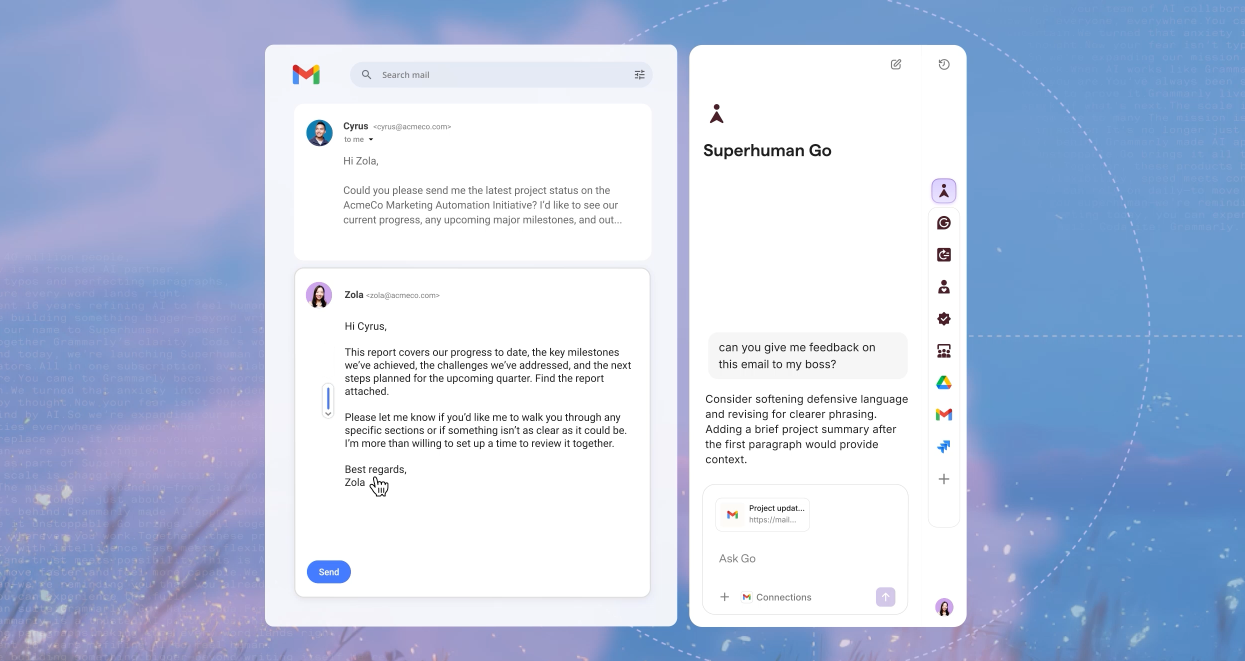Daylong Learning
from Educators' eZine
We’re used to the relatively new concept of lifelong learning; I want to suggest an additional way of thinking about education: Daylong Learning.
For good and ill, the way we organize a student’s education comes from the business world that the child will most likely end up working in — hence, the “factory model”, a system that gradually fell into place as another instance of Fredrick Taylor’s “scientific management” theories.
We all know that time has passed the factory model by, but although frayed around the edges, the system of rigidly defined grades, classes, tracks and so on is still very much with us. So let’s take another look at how the working world has evolved and see if there’s anything we want to steal to help restructure our students’ experience.
There are many kinds of jobs on the market, and perhaps there’s not a lot in common between the kid who flips burgers and the middle-aged CEO. But if we look at the lifestyle most students aspire to achieve (those that do aspire to achieve), the white-collar job has morphed into the technocracy: the millions of people who create, manipulate and distribute information.
Although the technocracy encompasses a wide variety of jobs — everyone from insurance salespersons to computer programmers to CEOs — their jobs still have much in common. Uniformly, these people are connected to their work. Whether in their office or on a desert island, they are connected to work by a cell phone, perhaps a PDA, and of course a laptop. The upside of all this connectivity is greater flexibility and efficiency; the downside is that there’s no clear separation between the office and home life (and for the millions of people who telecommute, there’s no distinction at all.)
The office is used for meetings and other forms of relationship building, or simply as a quiet space to get some work done. What ties all their disparate activities together isn’t time (9 to 5) or space (the office) but the computer — all their files, many of the ways they communicate, and many of the ways they process, produce and store information are on their machines.
Tools and ideas to transform education. Sign up below.
So let’s go back to what’s been fraying around the edges. Students have always had homework and access to libraries, ways of extending class time outside of school. Increasingly, students are accessing other resources outside of class, from face-to-face tutors, to online tutors to other online resources. So the traditional domination of time and space (the school day and the classroom) has been increasingly breeched. However, schools have only slowly reacted to this change brought on by outside actors — mostly private industry and with SES, the federal government — rather than seizing the opportunity to reinvent an antiquated structure.
What if the organizing principle of schools wasn’t the classroom but the class Web site so our students can become Daylong Learners? The classroom would be used the way an office is now — to exchange ideas with the group, to build relationships, and to find a little quiet time to work. The structure of the learning experience would be on the group Web site — the assignments, the due dates, the assessments, and so forth.
Of course, this could all be done with a readily available Learning Management System (LMS), but I’m suggesting an implementation just a little bit different from what’s commonly done — instead of the classroom being the focus of attention, the organizing point around which all other activity pivots, give that role to the LMS, with the class time devoted to supporting the more social features of the entire learning experience.
Such a structure would inevitably redefine the role and power of the teacher and the administrator, give students more control of their own learning, and make assessment and data analysis much easier.
I suggest this is the direction education is going to go regardless; we might as well make the changes intentionally rather than let them be haphazardly imposed by outside forces.
Email:Craig Ullman
